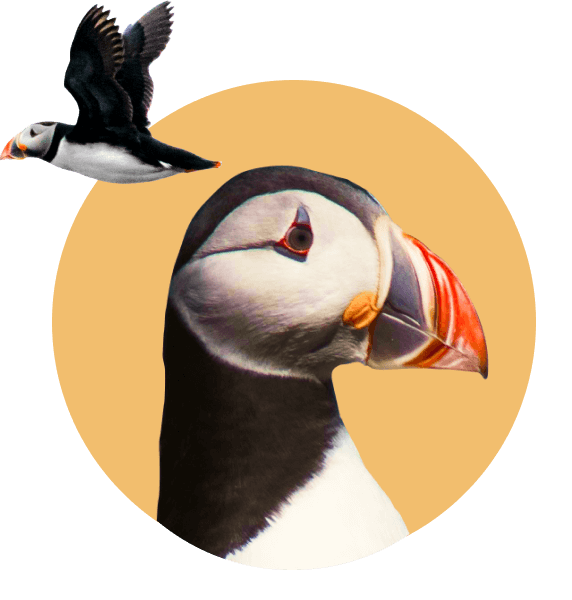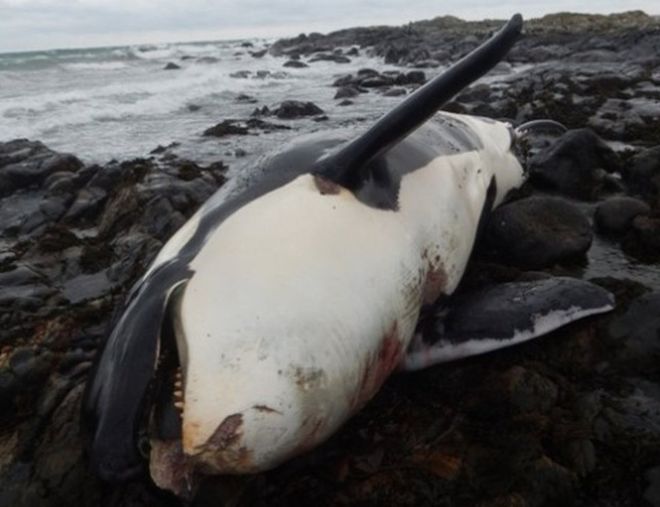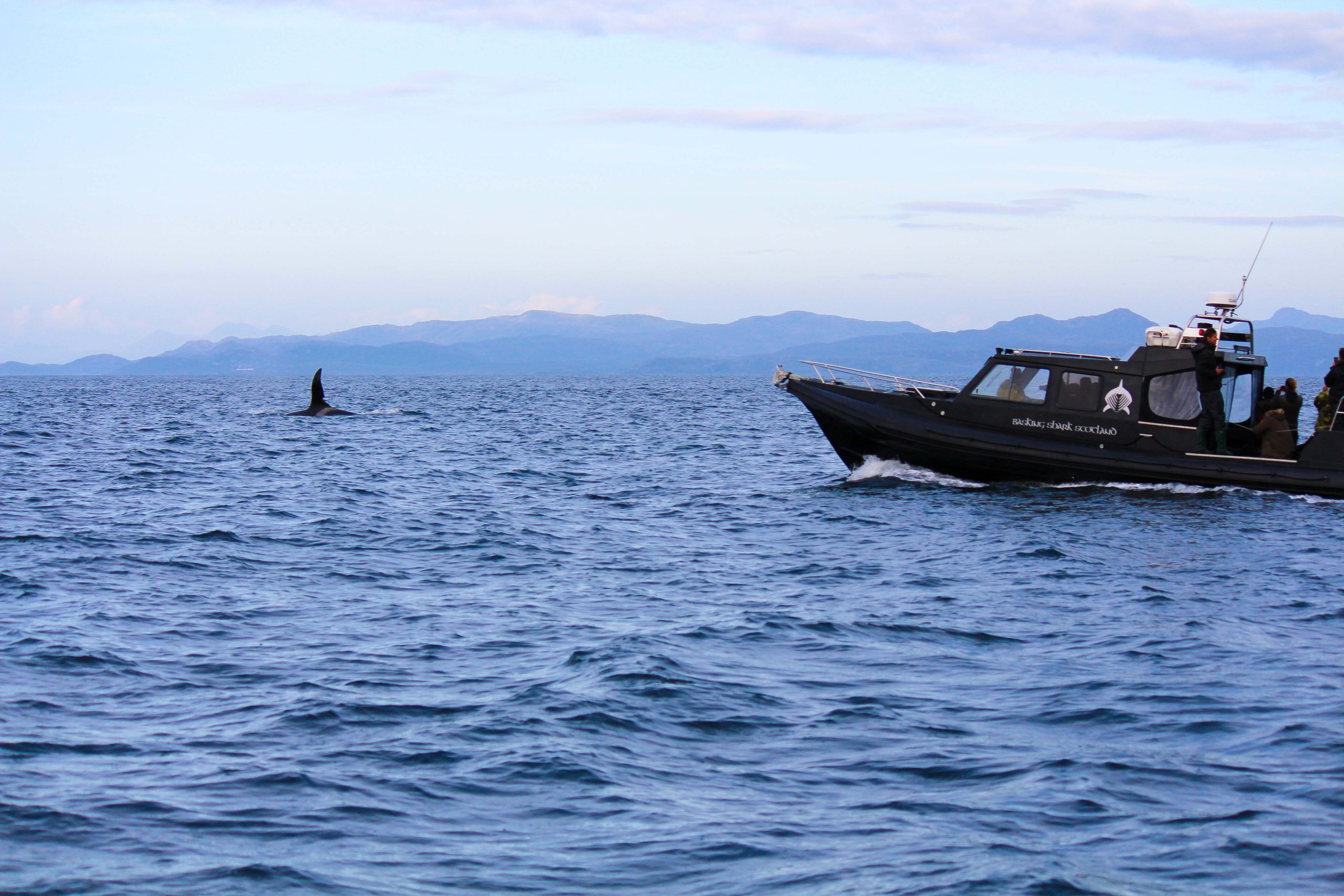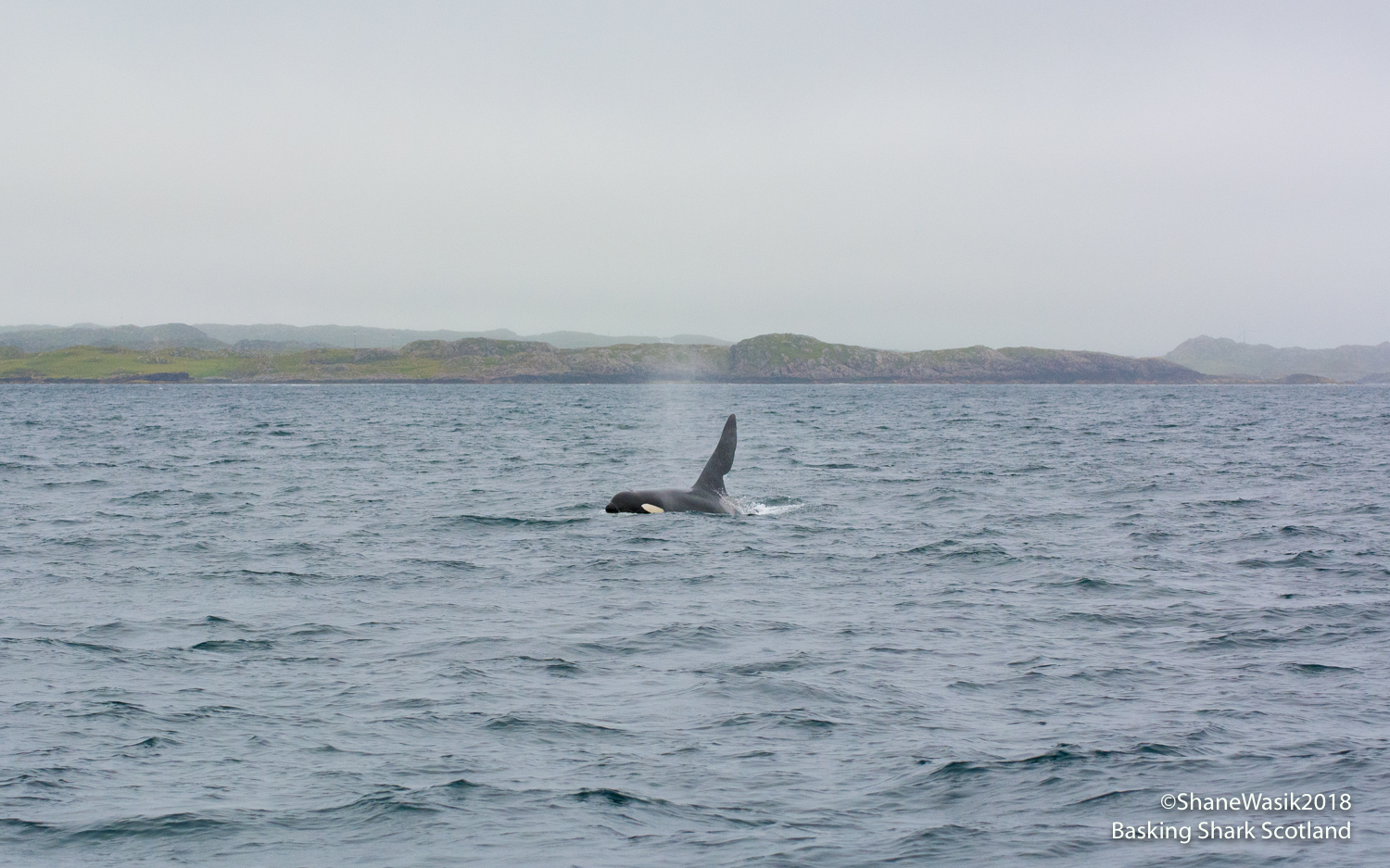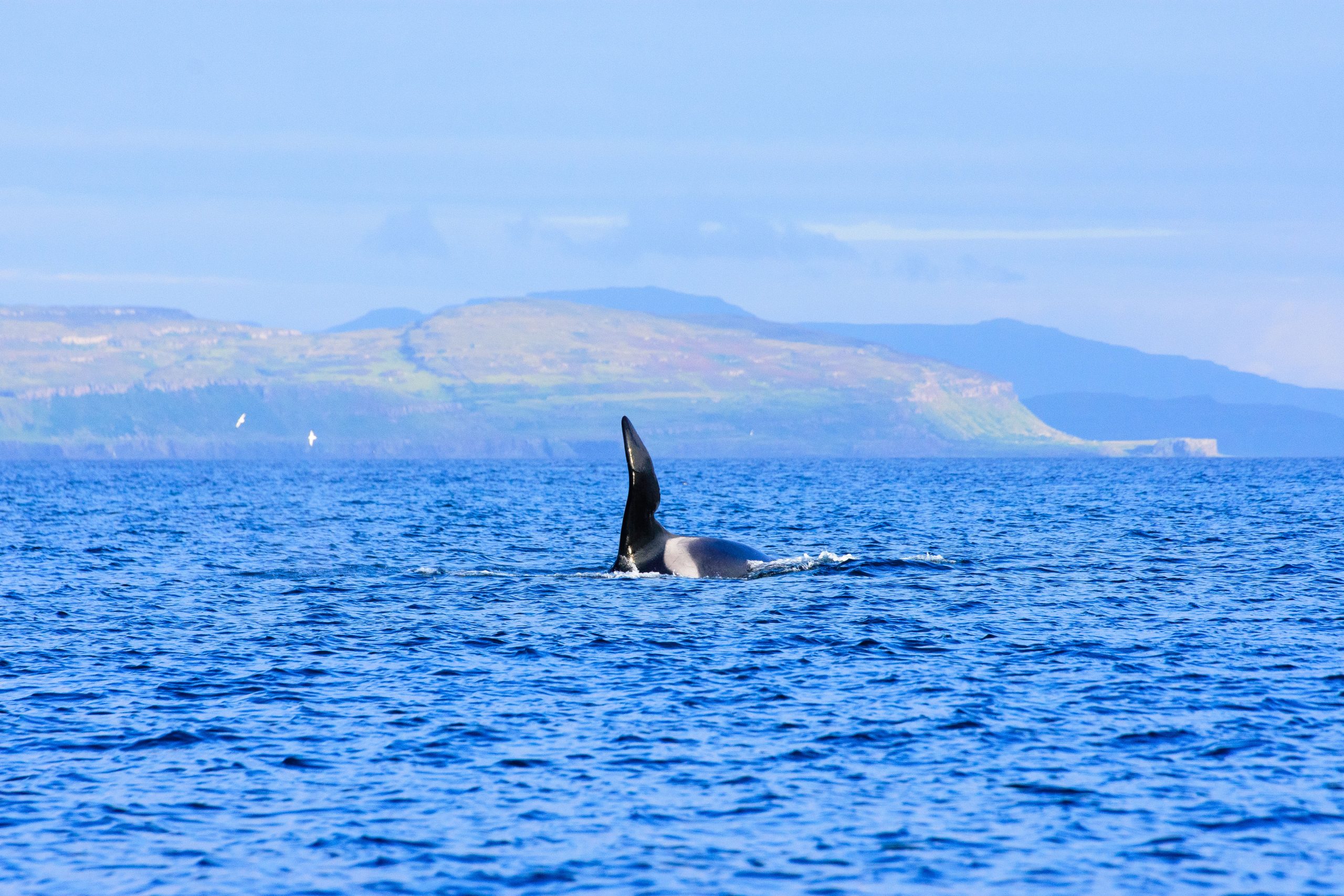
John Coe! The Last King of the Hebrides!
May 18 2020
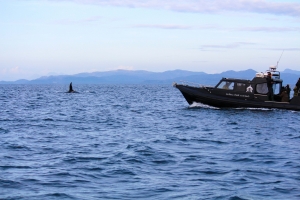
John Coe! The Last King of the Hebrides!
Mention the name to anyone with an interest in marine wildlife on the west coast and it’s usually met with, ‘oooooh’ or ‘legend!’. Of course, there are no orca kings as they are a matriarchal animal society. However given their tragic story below, it could be likely that he may be the only, and last king!
With John Coe & Aquarius recently being sighted in Northern Ireland (breaking lockdown – cheeky boys) we thought we should dig out some images and information about him!
West Coast Pod
This pod is the one seen around the west coast with the most frequency. They are an ecotype of orca known as North Atlantic Type 2. We also have type 1 in Scotland, but they are more frequent around the Northern Isles of Orkney & Shetland and Caithness coastlines. The type two orca are known as the ‘west coast community’ but have been sighted as far south as Wales and also around the North East of Scotland. They travel many miles and nobody knows why! Since studies began there have been 10 members of this pod, with currently 8 remaining. However, of the 8, there have only been recent sightings of John Coe and Aquarius (both males). The status of the others remains unknown, with the last confirmed sighting from 2016.
John Coe is the largest member of the pod, a mature individual with the first records of him from the late 70s. He is very distinct with his large dorsal fin with a notch missing from the base of the trailing edge and cut out of his tail fluke. He is frequently seen with Aquarius, a smaller male. This ecotype is thought to reach around 9m and having been close to John Coe with a 9m boat then we’d agree that he would be getting up to this range!
Their diet consists of marine mammals, likely to be seals, porpoises, dolphins, and whales. However given that they are only seen in pairs or individuals, this may mean that their diet has changed. Previous hunting strategies may not work without more members of a pod to cooperate and hunt. We have never seen hunting behavior here and are not aware of others witnessing this.
Lulu
2016 was a sad winter, as Lulu, one of the pods’ females (maybe the last?) was found dead stranded on the Isle of Tiree. She was found with fouling from creel fishing gear and died from entanglement with it. A tragic end for what is generally a low-impact fishing method. (Picture by John Bowler – RSPB)
The carcass was removed and examined with the results from this proving to be as equally shocking. She was noted to be at least 20 years old, born before 1996, and she had never reproduced. Her flesh was found to be highly toxic and had been saturated in PCBs. These are toxic compounds found in electrical items and eventually banned but manufactured in smaller quantities up till ~2000. These chemical compounds don’t break down for a long time and have created pollution around the world. From reports, it seems that levels in many cetaceans have not dropped despite the ban, and is thought that some leaching into the environment is continuing.
In the marine environment, these compounds can be bioaccumulated which is why they can have a large effect on megafauna. The compounds are prevalent and are taken up by animals lower in the food chain. As you travel further up the trophic levels then each time the concentrations are increased. So in our example, small fish eat plankton, larger fish eat the smaller fish, porpoises/dolphins/seals eat the larger fish and the orca then eats them. By the time the orca comes to feed then they are eating the highest dose of the pollutant. As they feed over time, they get more and more concentrated if the levels in their food source do not decrease.
The levels found in Lulu were 950mg/kg, and the level at which it has been found to have health effects in cetaceans is 9mg/kg. Experts have said that given what is known about the effect of these chemicals on marine mammals, then at these concentrations it’s likely that they are having effects on health and reproduction.
As there have been no calves seen for decades then these pollutant levels could well be one of the contributing factors. It’s understood that this pod will go extinct in years to come which is terrible and an example of our human impact on nature.
A scientific paper recently released has studied the homozygosity in killer whales/orcas and this pod was highlighted as having a particular problem. They were described as an extreme example and have cited that they exceed the levels found in classic population inbreeding such as in the Altai Neanderthal and gorillas. The paper has further suggested that this level of inbreeding could be another factor in why there have been no calves. Both inbreeding and pollution could be the catastrophic combination that has sealed their fate.
If you are lucky enough to see these animals then you should consider yourself blessed, given the rarity of sightings, the large area they travel, and their path to extinction.
John Coe – How can you meet him or the others?
Unfortunately for this laddie, then you can’t just arrange to meet up with him. There isn’t a distinct pattern in his movements or location. You just need to be lucky! Given there are very few individuals left in the pod in such a large area then the chances are low of coming across him. Having said that, we normally see John Coe around once a year. We spend many hours in the area and it’s just a case of being in the right place at the right time! Oh, and having some friends that can call you if he’s spotted!
See below for a few pictures and videos from our encounters with John Coe.
Seal Spotting & John Coe from Shinobi on Vimeo.
